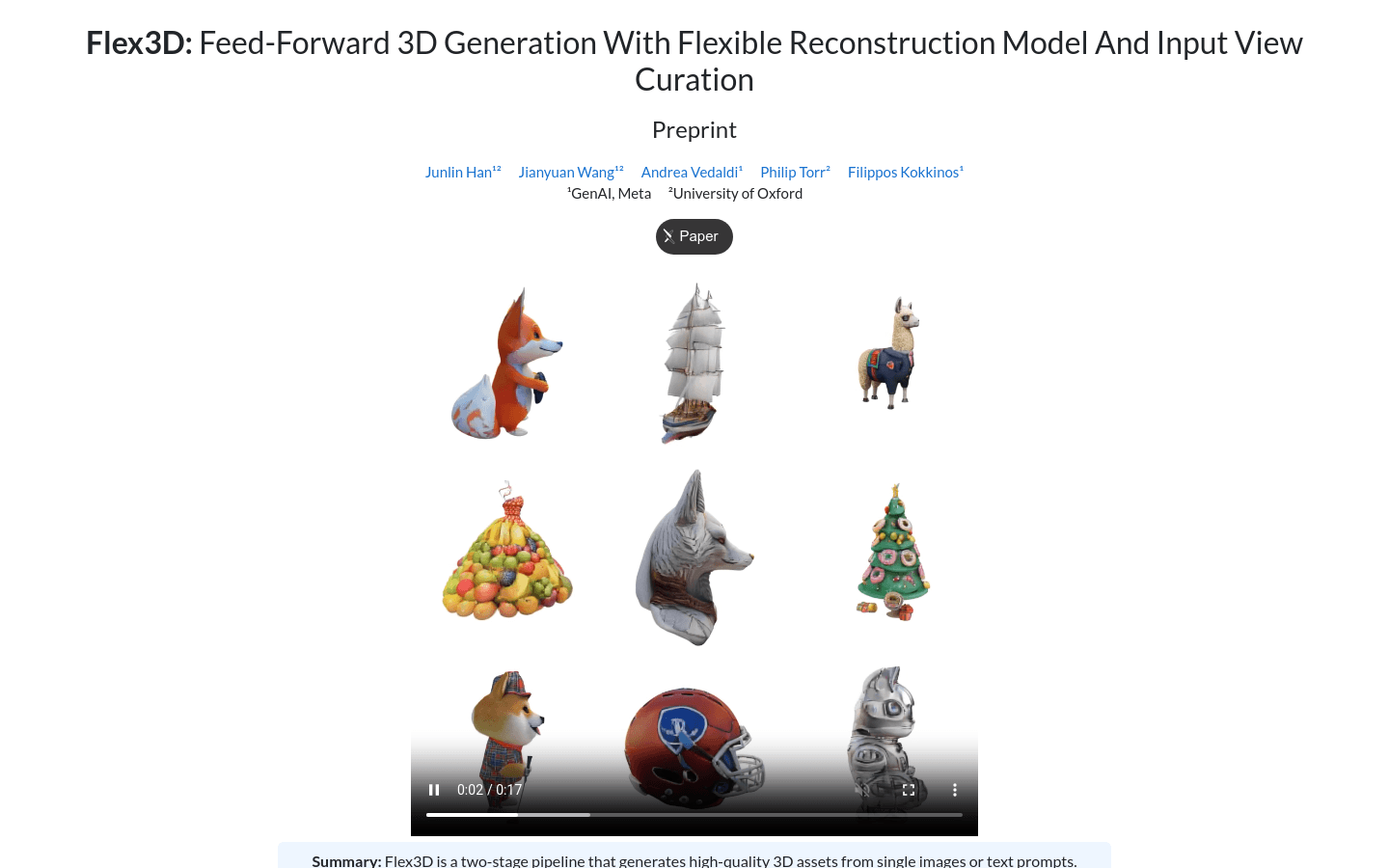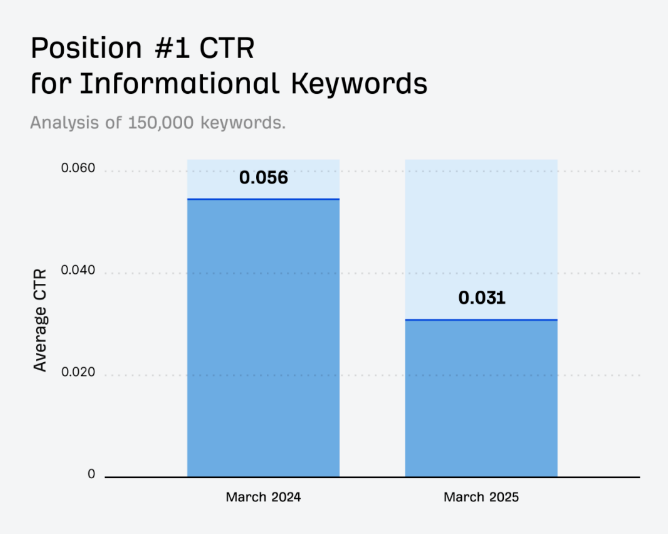
Flex3D is a two-stage process that generates high-quality 3D assets from a single image or text prompt. This technology represents the latest advancement in the field of 3D reconstruction and can significantly improve the efficiency and quality of 3D content generation. The development of Flex3D is supported by Meta and team members with deep backgrounds in 3D reconstruction and computer vision.
Demand group:
"The target audience is primarily 3D artists, game developers, filmmakers, and anyone who needs to quickly generate high-quality 3D content. Flex3D simplifies the 3D content creation process, making it easy for non-professionals to create 3D models."
Example of usage scenario:
Game developers use Flex3D to quickly generate in-game 3D environments.
Filmmakers use Flex3D to generate 3D scenes from concept art.
3D artists use Flex3D to create detailed 3D character models from sketches.
Product features:
Two-stage generation process: flexible reconstruction first, followed by input view filtering.
High-fidelity 3D reconstruction: Generate high-quality 3D models from a single image.
Flexible reconstruction model: able to handle various complex scenes and objects.
Input view filtering: Optimize generation results and improve the quality of 3D assets.
Interactive results display: Users can explore generated results through an interactive interface.
Support text prompts: users can guide the generation of 3D assets through text descriptions.
Usage tutorial:
Visit Flex3D ’s official website.
Follow the prompts to upload a single image or enter a text prompt.
Select parameters and options for generating 3D assets.
Click the Generate button and wait for the model to be generated.
View and adjust the resulting 3D assets in an interactive interface.
Download the generated 3D assets for further editing or direct use.







